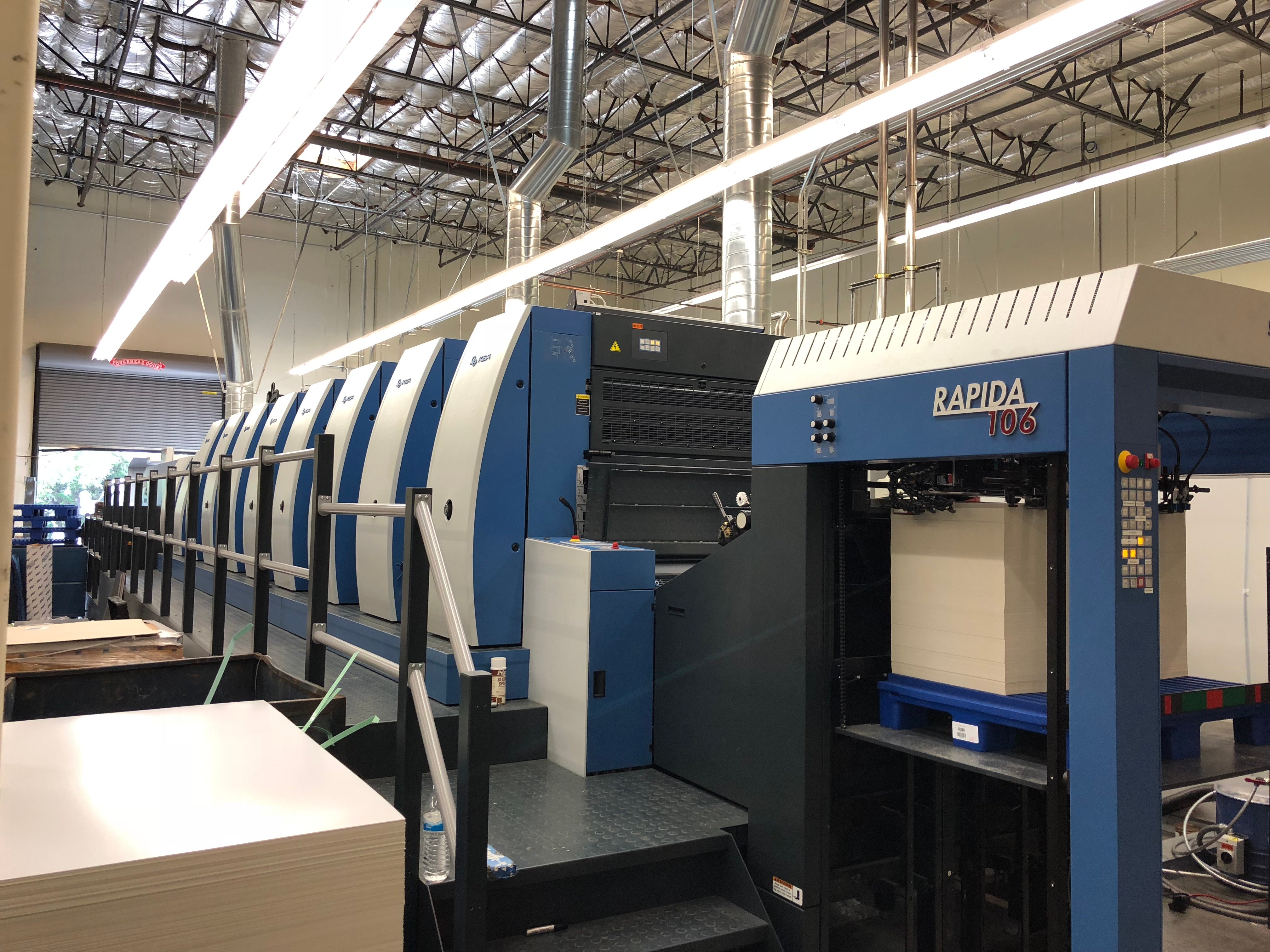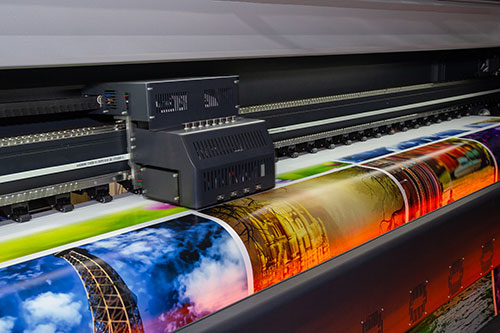A Comprehensive Overview to Comprehending Litho Printing Strategies
The world of litho printing, a technique originating from the late 18th century, is an interesting mix of background, scientific research, innovation and art. Keep with us as we journey into the exciting realm of litho printing.
The Historical Advancement of Litho Printing
The historic trajectory of litho printing, a critical development in the world of interaction, is a captivating tale of human resourcefulness. Birthed in the late 18th century by Alois Senefelder, this technique was originally an economical method of publishing staged works. Lithography, derived from the Greek words for 'stone' and 'to create', made use of a smooth rock surface area to move photos onto paper. The process developed with the development of the rotating press, which considerably raised performance (litho printing). In the 20th century, the innovation of balanced out lithography transformed the sector, enabling automation of high-quality prints. Each stage of litho printing's evolution showcases humanity's unrelenting quest of effectiveness and high quality in aesthetic interaction.
Decoding the Scientific Research Behind Litho Printing Inks
Progressing in the exploration of litho printing techniques, the emphasis now shifts to the scientific research behind litho printing inks. The structure of these inks, their drying out procedure, and shade mixing techniques create the backbone of this complex art form. Understanding these elements is essential to understanding the craft and attaining the wanted print results.
Make-up of Litho Inks
In lithographic printing, the basic role of litho inks can not be overemphasized. Pigments, the color-providing components, are finely ground bits put on hold in the car, a liquid that brings the pigment onto the printing surface. Each element plays a vital component in the last print's top quality, making the specific formulation of litho inks a detailed scientific research.
Ink Drying Process
From the structure of litho inks, attention turns to the interesting procedure of ink drying. The drying process is critical, as it influences the last print's top quality and longevity. Two main methods are utilized in litho printing: oxidative drying out and absorption. Oxidative drying entails the ink reacting with oxygen airborne to form a tough, dry movie. This technique provides a durable surface, however can be slower contrasted to absorption. Absorption, on the various other hand, includes the ink permeating into the paper fibers, which is a faster process yet can cause much less dynamic colors. The choice in between these methods is dependent upon elements such as print rate needs, the paper type used, and the wanted surface.
Shade Mixing Strategies
While the drying out procedure plays a crucial duty in litho printing, the science of shade blending methods holds equal significance. The science behind litho printing inks likewise takes into account the transparency of the ink, which impacts how colors overlay and mix.
The Art and Design Components in Litho Printing
Litho printing breathes life into art and design with its one-of-a-kind components. Litho printing accommodates a range of shades, enabling artists to create vibrant and vibrant prints. This mix of accuracy and versatility makes this page litho printing a preferred selection for numerous musicians and designers.
Modern Applications of Litho Printing Strategies
Litho printing techniques have actually located extensive use in the modern-day business field. Its impact and significance continue to grow with the arrival of brand-new advancements and innovations in the area. This area will discover these modern applications and the transformative role they play in the printing industry.
Commercial Litho Printing Makes Use Of
Litho printing continues to be a critical part of the business sector. High-volume printing tasks, such as the manufacturing of publications, papers, and product packaging, count on litho printing for its ability to provide remarkable photo top quality and expense efficiency. Litho printing also gives a broad shade spectrum, premium to that of digital printing.
Developments in Litho Printing
Pushing the borders of conventional strategies, contemporary developments have actually fueled a host of innovations in litho printing. One popular growth is digital litho printing, which combines the merits of electronic innovation with litho's top quality result. These technologies emphasize the enduring significance of litho printing in the modern-day globe.
Discovering the Refine of Litho Printing: Step by Step

Challenges and Solutions in Contemporary Litho Printing

In spite of the accuracy and practice that litho printing happily maintains, it is not without its set of contemporary obstacles. The most prevalent concerns click to find out more consist of the high initial setup cost, trouble in printing variable information, and ecological issues because of chemical use. Solutions are emerging as innovation progresses. Digital litho printing enables economical brief runs and easy modification, addressing the issue of variable data. Environmentally-friendly inks and safer plate-making procedures mitigate environmental issues. Furthermore, improvements in automation have actually minimized labor expenses, better equalizing the lithography procedure. Therefore, while there are difficulties, the litho printing industry is proactively adjusting to satisfy them head-on, ensuring its relevance in the future.
Verdict
In conclusion, litho printing, with its rich background and scientific complexities, holds Related Site a considerable location in the print industry. As the guide exposes, it's a synthesis of art and modern technology, with contemporary developments guaranteeing its relevance. Nevertheless, the industry faces obstacles that call for cutting-edge solutions, with an emphasis on automation and sustainability. The future of litho printing rests on its capability to adjust to these altering needs, verifying its long-lasting value in a developing market.
